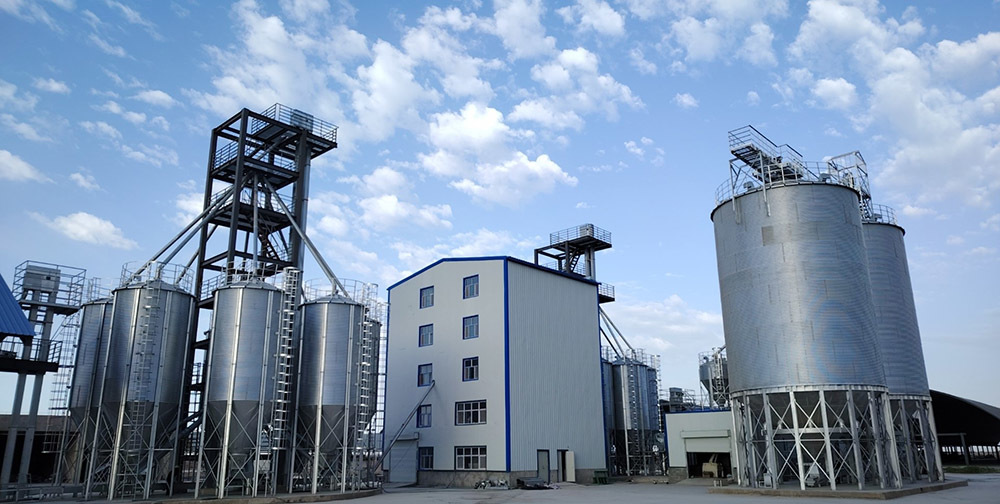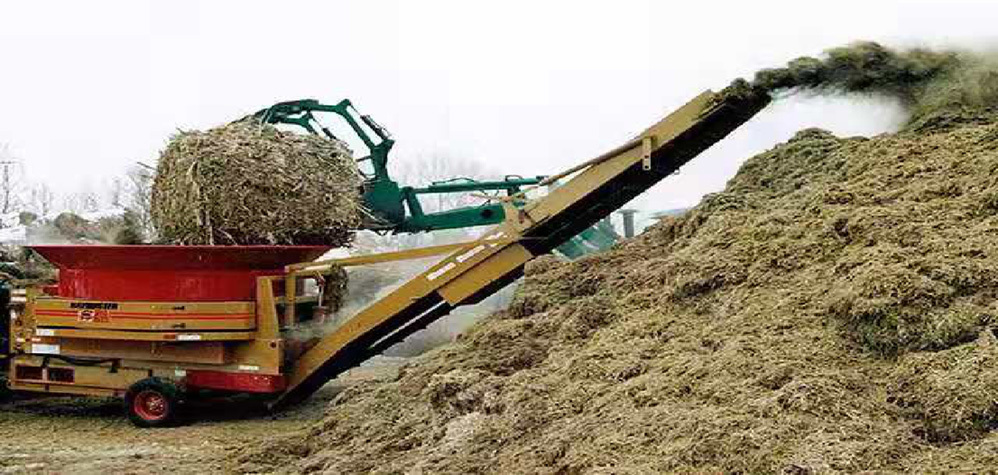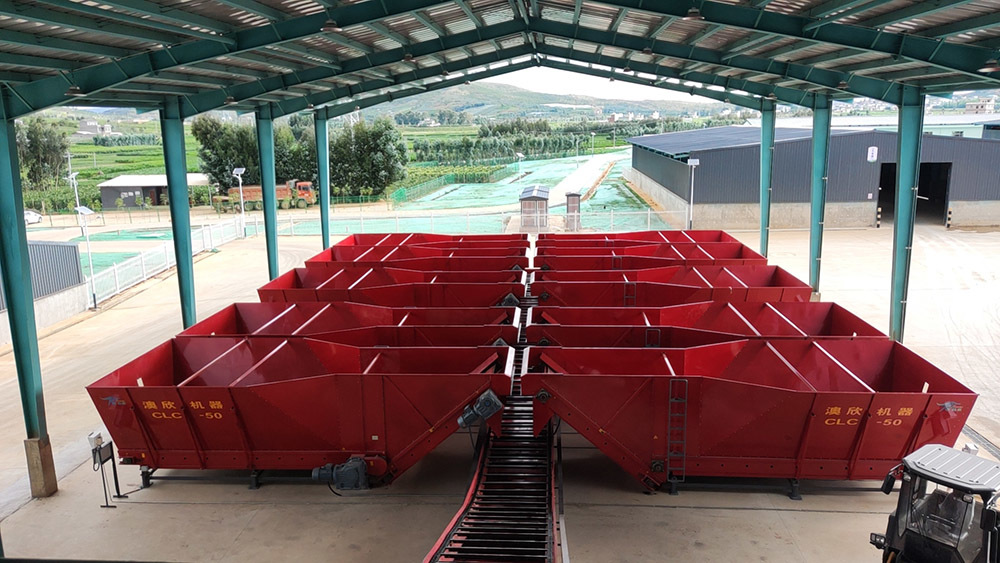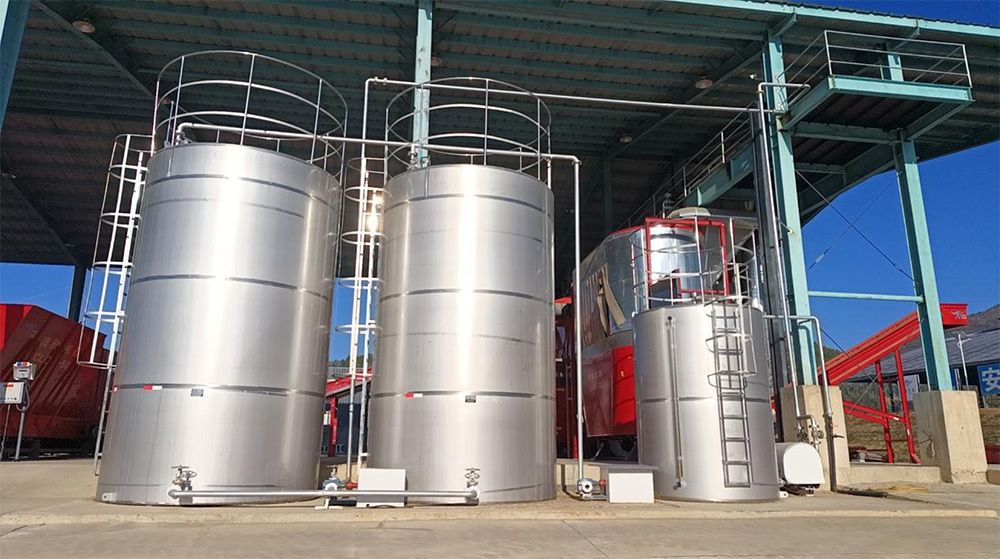Introduction to the Digital and Intelligent TMR Feeding Center
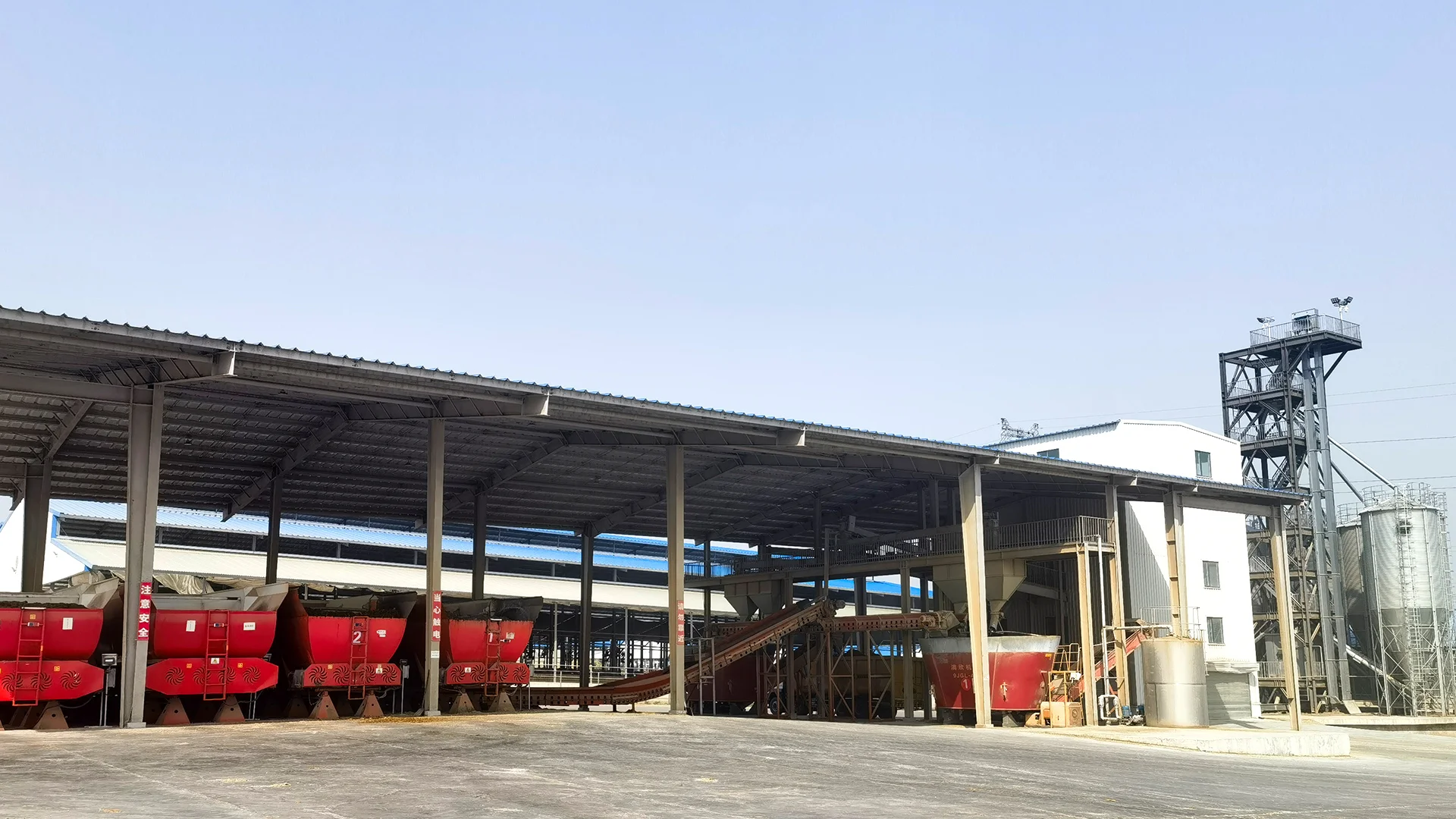
Introduction to Feeding Methods:
Feeding management is a critical task in ranch operations. A well-designed feeding approach can enhance feeding efficiency, ensure precision in rationing, reduce labor costs, minimize energy consumption and feed waste, and ultimately improve feed conversion rates. Since feed costs typically account for 60–70% of a ranch’s total expenses, choosing the right feeding method directly impacts the farm’s economic profitability.
In recent years, the construction of large-scale ranches in China's ruminant livestock industry has grown rapidly. After more than a decade of practical experience, the industry has gradually reached a consensus on feed management approaches. Currently, over 80% of newly built large dairy farms—ranging from 5,000 to 25,000 cows—are opting for fixed-feed centers. Leading dairy groups such as Modern Dairy, Bright Dairy, ShouNong Livestock, Leyuan Dairy, YouRan Dairy, Ningxia Agricultural Reclamation Dairy, and Tianjin Jalihe Dairy have all achieved outstanding results after adopting the fixed-feed center model. Even Australia-China Group, a prominent player in China’s dairy sector that had long relied on towed-feed systems, recently switched to the fixed-feed center approach when building new ranches.
Overview of the Digital and Intelligent TMR Feeding Center:
The Digital and Intelligent Feeding Center operates under the control and scheduling of a centralized management and precision feeding system, automatically adding concentrated feed, premixes, roughage, liquid feed, as well as various additives and trace elements, directly into the TMR mixer for thorough blending. Once the high-quality TMR is prepared, an electrically (or autonomously driven) feeder vehicle follows precise instructions to deliver the feed to designated barns, where it’s evenly distributed for cows to consume. Throughout the feeding process, the system continuously pushes and mixes the remaining feed, while also automatically collecting leftover material—creating a fully automated feeding system that ensures intelligent control, seamless operation, and minimal human intervention across the entire dairy cow feeding process.
The digital and intelligent feeding center primarily includes eight systems: a coarse feed pre-processing and automated mixing & conveying system, a refined feed premixing and automated preparation & delivery system, an automatic TMR preparation, mixing, and blending system, an automated liquid feed addition system, an environmentally friendly dust removal system, an electrically powered (or autonomous) TMR spreading system, a feed pushing, leveling, and leftover collection system, as well as a centralized control and precision feeding management system.
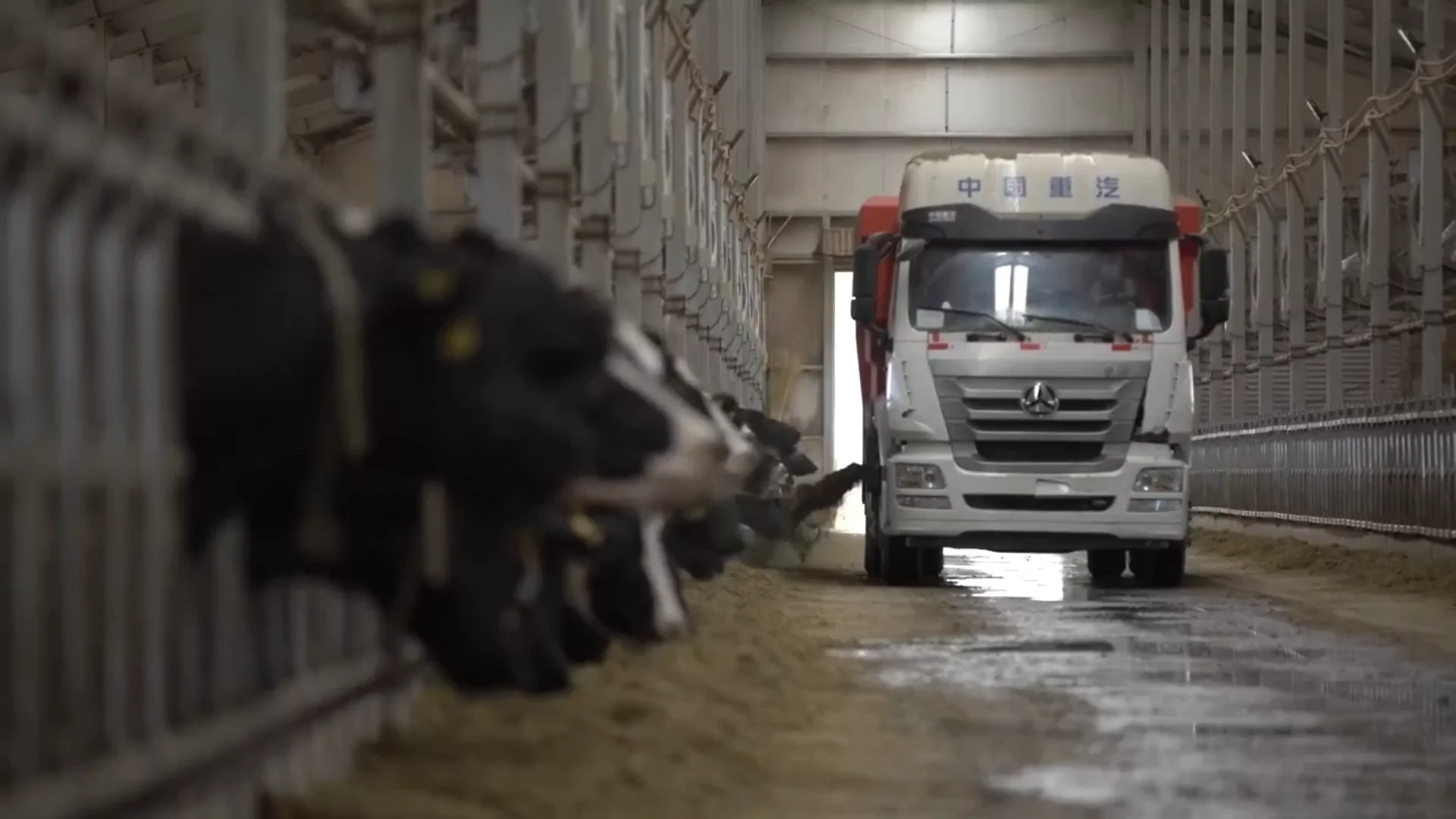
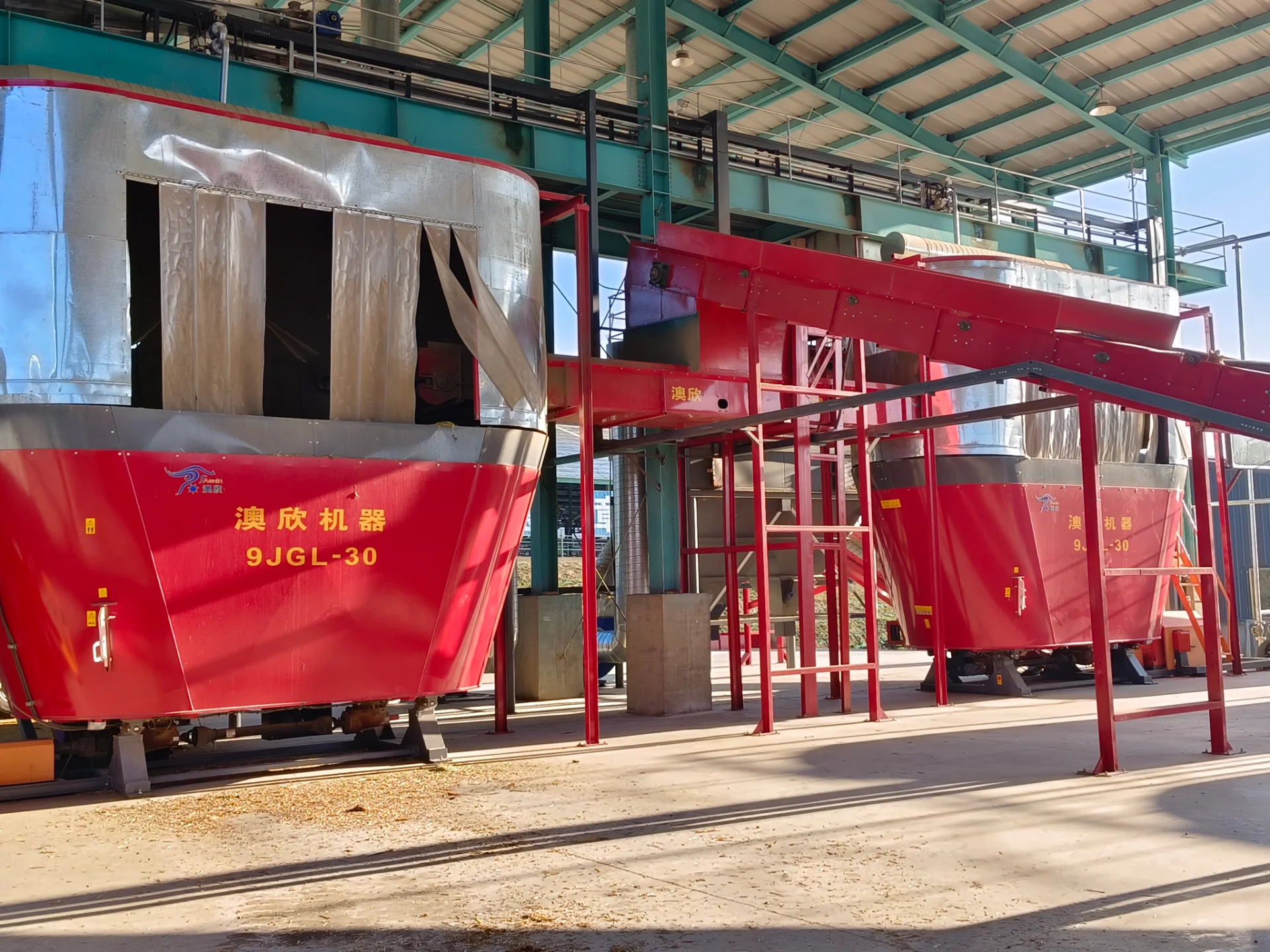
The digital and intelligent feeding center offers the following advantages:
Enhancing Efficiency: The feeding center features factory-style production, assembly-line operations, and fully automated processes. Multiple stages of production occur simultaneously, with several pieces of equipment working in seamless coordination—resulting in a production efficiency that’s at least 50% higher than other feeding methods. Additionally, the feeding stations offer numerous advantages, including consistent quality and easy management.
High Precision: The feed center features digital and intelligent control, automated operation, and minimal human intervention (equipped with a low-temperature near-infrared analyzer for smart monitoring of mixing uniformity). The production process is entirely free from manual adjustments, ensuring automatic addition of all feed ingredients with a precision level of ≥99%. This meticulous approach effectively guarantees consistent formulation design and execution, significantly enhancing the health and nutritional status of dairy cows, boosting feed conversion efficiency, and ultimately increasing milk yields.
3. Reduce Costs: Silo-based storage of concentrated feed minimizes feed wastage, keeping losses below or equal to 1%. All equipment is powered by electricity, resulting in low energy consumption and stable electricity prices. Additionally, equipment failure rates are kept below 1%, leading to minimal maintenance costs. As a result, operational expenses are reduced by more than 70% compared to other feeding methods—plus, energy consumption via electricity is just one-sixth of what diesel-powered systems require.
4. Reducing Labor Needs: As society progresses, replacing labor-intensive, physically demanding, and repetitive tasks with machinery has become a growing trend. Cattle farming is inherently challenging work, often plagued by difficulties in recruitment, high labor costs, and complex management issues. To address these challenges, our feeding centers now equip all their equipment—such as feed-spreading vehicles, feed-mixing carts, and leftover-feed collection trucks—with advanced new-energy-powered (or autonomous) technologies. This innovation not only cuts labor costs and minimizes human intervention but also eases management burdens while significantly boosting both production efficiency and overall work quality.
5. Energy Efficiency and Environmental Protection: All equipment at the feeding center is powered by electricity (with variable-frequency control), eliminating the use of fossil fuels, reducing diesel consumption, and minimizing exhaust emissions and air pollution. Additionally, the TMR mixer units are fixed in place, allowing for the optional installation of advanced dust-collection systems tailored to meet national environmental standards—effectively cutting down on dust pollution and environmental damage, thus complying with stringent government regulations.
6. High Level of Digitalization and Intelligence: All eight systems in the feeding center can be digitally managed via a centralized control system from the integrated control room. Notably, TMR production features online monitoring and intelligent control, while the remaining seven systems are fully automated. Overall, the facility boasts world-class levels of digitalization and automation.
7. Remote management capabilities are available. The feeding center can be equipped with a remote monitoring system (optional for farms), allowing manufacturers to monitor the operational status of farm equipment—such as running time, oil temperature, water temperature, and fluid levels—in real time via the internet. This enables manufacturers to assist farms in overseeing and managing their equipment, promptly identifying and addressing potential issues, reducing downtime, and ensuring the safe, stable, and efficient operation of feeding station equipment (with manufacturer-backed management support).
The application of digital and intelligent feeding center technology can help "even those who’ve never raised cattle before achieve their dream of effortlessly managing cows."
Benefits of using the digital and intelligent feeding center system:
Improved feeding efficiency, reduced working time, lowered labor intensity, and saved on manpower.
Improving the precision of TMR formulation and feed quality benefits the health and production performance of ruminants.
Energy conservation and emission reduction to meet environmental protection standards.
Reduced feed wastage, improved feed efficiency, and eliminated waste altogether.
Reduced equipment failure rates and maintenance costs, ensuring stable operation of feeding production.
It facilitates management, enhances intelligence levels and operational efficiency, and significantly boosts the overall profitability of the ranch.
Feeding Plan
Receive customer information

Analyze and organize

Requirement Communication

Program Planning

Customer Feedback

Plan finalized

Contract signing

Get the plan
If you have any questions or would just like to chat with us, feel free to reach out via one of the options below.



